home | publications | pictures | historical pictures | travel snap shots | monuments | 19th century sources | research tools | links | contact
St. Thomas Monastery, Gevaş, Van
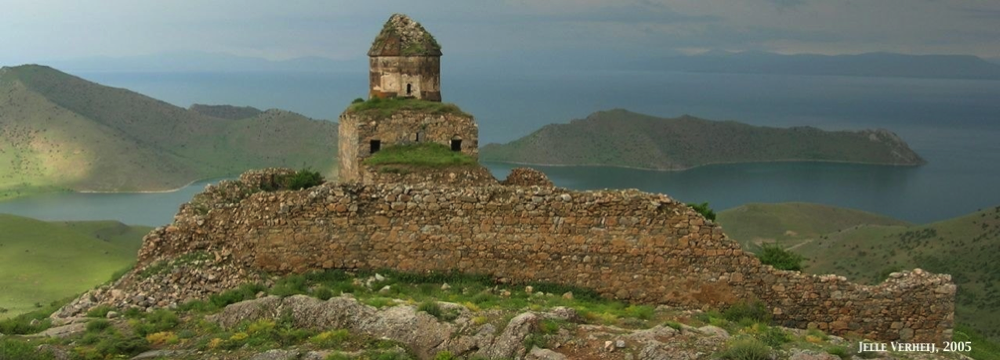

In a splendid position overlooking Lake Van on a hill at the Alacabük Promontory, at 1900 m altitude, St. Thomas Monastery is one of the most beautifully situated monasteries in the Van region and a striking example of Armenian mediaeval church architecture.
St. Thomas Monastery is mentioned in several manuscripts of the 15th century. According to J.M. Thierry, the construction plan of the church is of a type common between the 10th and 13th centuries. He assumes that the church dates back to the 10th or 11th century, but thorough restructuring work was done in later periods.
The monastery was already deserted before World War I. The last monks left the monastery during the massacres of 1895 when it was attacked and pillaged by Kurds.
The building was not affected by the 2011 earthquakes that struck Van. Like all monuments in isolated positions is it exposed to treasure hunters, who feel free to dig and break.
Behind the Monastery remains are visible of an extensive cemetery, with some beautifully ornamented grave stones (khatchkars).
Despite its secluded location, in recent years the St. Thomas monastery attracts an increasing number of tourists, who follow the long and narrow road along the shore of the lake, or hire a boat from the island of Aghtamar. Reportedly the monastery is nominated for restoration by the provincial government.
source: J.M. Thierry, Monasterères Arméniens du Vaspurakan II, in: Révue des études arméniennes, nouvelle série, 5 (1968) pp. 141-180
Plan of the Monastery, drawn by J.M. Thierry



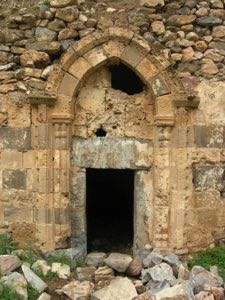
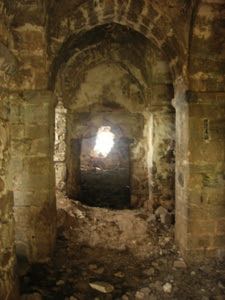




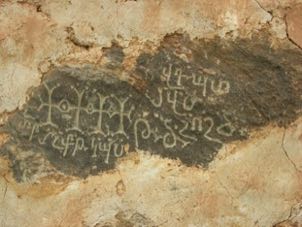
khatchkars

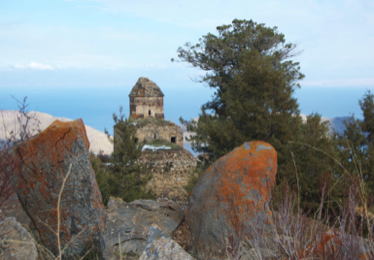
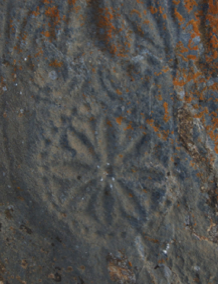
map
Google Earth® map showing the location of St. Thomas Monastery
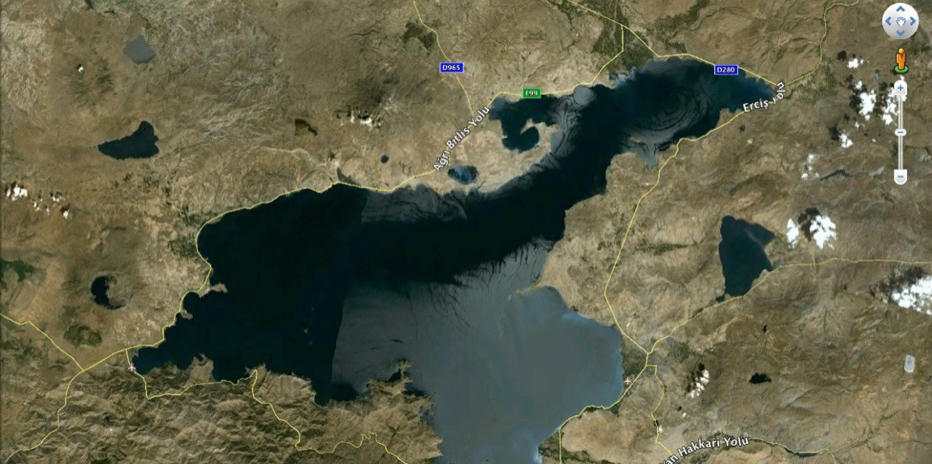

➜